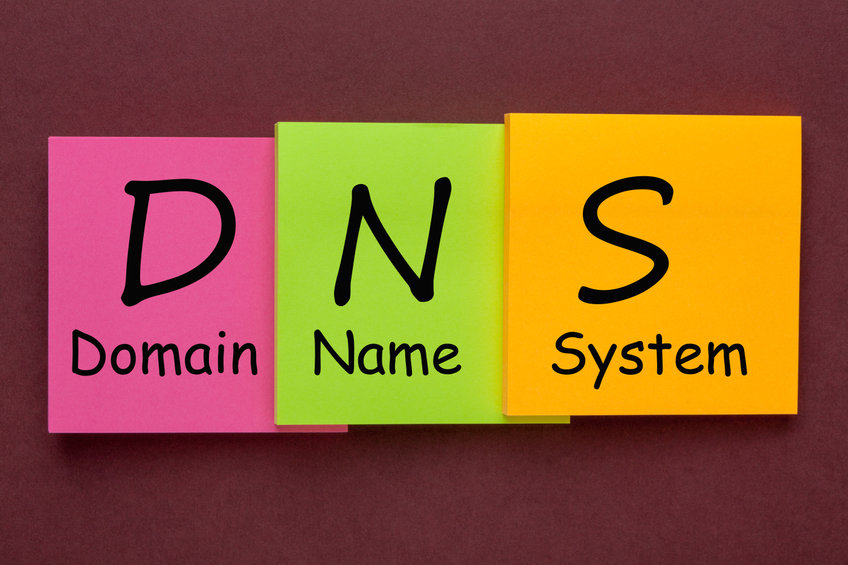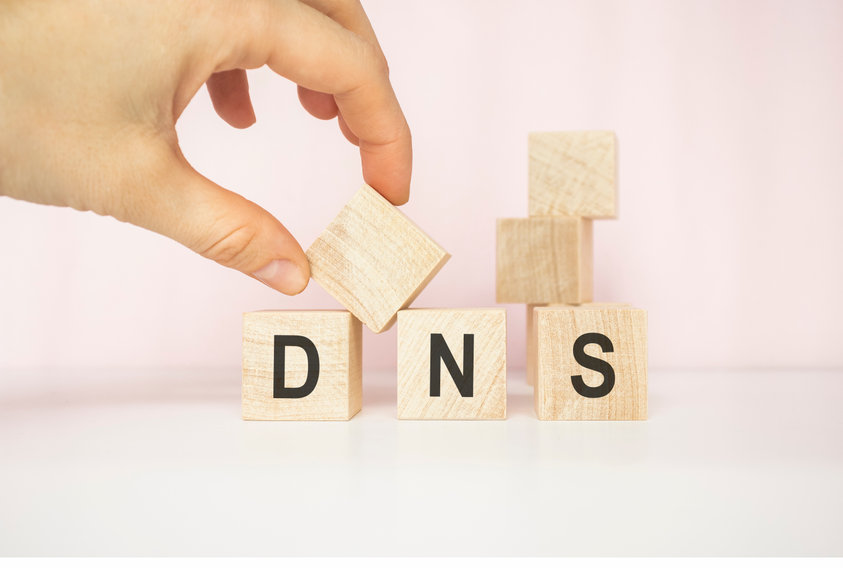The topic of our article today is the DNSSEC. It can be seen as a solution to insecure DNS in other instances. It integrates cryptography and establishes a comprehensive chain of trust. So, this guarantees each level and ensures that your domain is secure. That’s one part of his characteristics. However, you’ll learn about the others a little farther down. So let’s start with the meat of the matter.
DNSSEC full explanation
DNSSEC is an acronym that stands for Domain Name Security Extensions. It is an excellent method for increasing the security of your domains. DNSSEC is a DNS service that associates digital signature (DS) records with DNS data. As a result, the original domain name’s legitimacy may be established.









